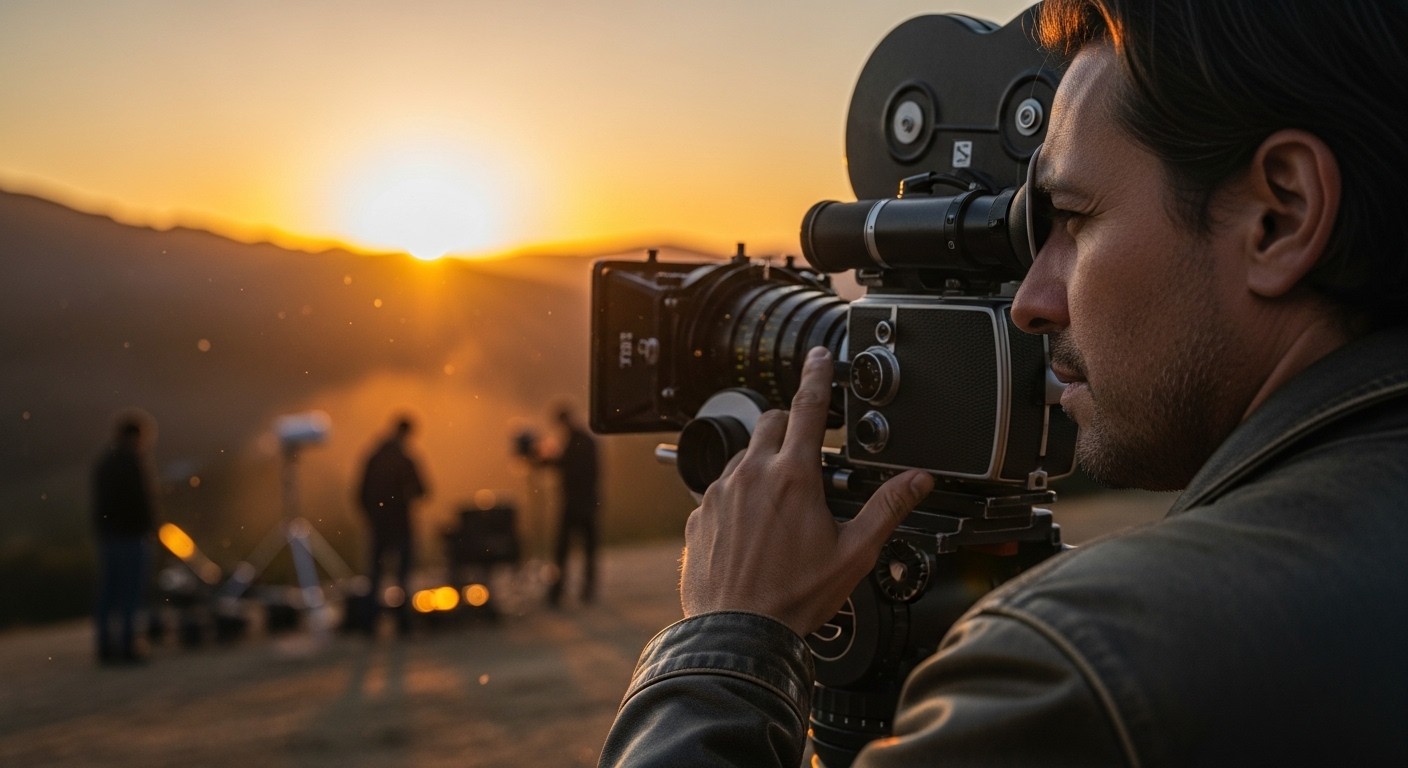Aerial Filming Innovations: How Drones Are Reshaping Cinematography Techniques
The integration of drone technology into video production has unlocked new creative angles and filming methods that were once costly or impossible. This article explores how drones are being used to enhance cinematography, streamline workflows, and redefine what’s possible behind the lens.

The Evolution of Aerial Cinematography Techniques
Aerial cinematography has undergone a remarkable transformation since the introduction of consumer and professional-grade drones. Traditional methods relied on helicopters, cranes, or cable systems that required substantial budgets and complex logistics. Today, aerial cinematography techniques have expanded to include reveal shots that gradually uncover landscapes, orbit movements that circle subjects with precision, and dynamic tracking shots that follow moving objects seamlessly. Filmmakers now employ altitude transitions to create dramatic vertical movements and can achieve complex choreographed sequences that combine multiple maneuvers.
The development of specialized flight patterns has become a cornerstone of drone cinematography. Directors can now plan intricate flight paths that transition smoothly from ground level to aerial perspectives, creating narrative continuity that was previously difficult to achieve. These techniques have been adopted across documentary filmmaking, feature films, commercials, and television production, establishing new visual languages that audiences have come to expect in modern visual storytelling.
Drone Camera Stabilization Advancements
Perhaps the most significant technological breakthrough enabling sophisticated aerial cinematography is the advancement in camera stabilization systems. Modern drones feature multi-axis gimbals that counteract the natural vibrations and movements of flight, producing remarkably smooth footage even in challenging conditions. Three-axis stabilization has become standard, allowing independent control of pan, tilt, and roll movements while maintaining horizon stability.
Recent innovations include predictive stabilization algorithms that anticipate drone movements and make real-time adjustments to maintain frame composition. Enhanced vibration isolation systems separate the camera from the drone’s motors and propellers, eliminating micro-jitters that previously degraded image quality. Some advanced systems now incorporate electronic image stabilization that works in conjunction with mechanical gimbals, providing multiple layers of shake reduction.
Professional cinematography drones now support interchangeable lens systems and can carry cinema-grade cameras with larger sensors. The integration of follow-focus technology allows camera operators to maintain precise focus on moving subjects while in flight. These stabilization advancements have elevated drone footage from merely functional to genuinely cinematic, with quality approaching or matching traditional camera movement systems.
Creative Use Cases for Drones in Film
Filmmakers across genres have embraced drones as versatile storytelling tools, developing innovative applications that extend beyond simple aerial establishing shots. Action sequences have been revolutionized through drones’ ability to follow high-speed chases and stunts from perspectives that place viewers directly into the excitement. Environmental documentaries utilize drones to capture ecological patterns and landscape transformations that would be invisible from ground level.
In narrative filmmaking, directors employ drones for character-driven storytelling, using aerial perspectives to reveal characters’ emotional states or relationships to their environments. Single-take sequences that seamlessly transition between ground and air create immersive experiences that enhance narrative continuity. Architecture and urban landscapes appear transformed when filmed from above, revealing patterns and symmetry that provide metaphorical depth to storytelling.
Some filmmakers employ “drone lighting” techniques, attaching portable lighting systems to drones to create mobile, adaptable illumination for nighttime or interior scenes. Others utilize drones for virtual location scouting, capturing preliminary footage to plan shooting strategies before bringing full production crews to remote locations. These creative applications continue to expand as filmmakers experiment with the technology’s capabilities.
Professional Drone Equipment for Filmmaking
The selection of appropriate drone equipment significantly impacts the quality and capabilities of aerial cinematography. Different filming contexts require specialized drone systems to achieve optimal results.
| Drone Model | Camera Specifications | Key Cinematography Features | Approximate Cost |
|---|---|---|---|
| DJI Inspire 2 | Interchangeable lenses, up to 5.2K | ProRes/RAW recording, dual operator control | $3,000-$8,000+ |
| Freefly Alta X | Payload capacity up to 35lbs | Supports cinema cameras, 20-minute flight time | $15,000-$20,000+ |
| DJI Mavic 3 Cine | 4/3 CMOS Hasselblad camera, 5.1K | ProRes 422 HQ, 10-bit D-Log | $4,500-$5,500 |
| Sony Airpeak S1 | Compatible with Alpha mirrorless cameras | 22-minute flight time, wind resistance up to 44.7mph | $9,000-$14,000+ |
| Skydio 2+ | 4K HDR camera, 27-minute flight time | Autonomous tracking, obstacle avoidance | $1,000-$1,500 |
Prices, rates, or cost estimates mentioned in this article are based on the latest available information but may change over time. Independent research is advised before making financial decisions.
The Future of Drone Cinematography
The trajectory of drone technology suggests several emerging developments that will further transform aerial cinematography. AI-powered flight systems are increasingly capable of complex autonomous movements, allowing directors to focus on creative decisions rather than drone operation. Computer vision enhancements enable more sophisticated object tracking and scene recognition, creating new possibilities for automated filming sequences.
Miniaturization continues to produce smaller, lighter drones capable of navigating tight indoor spaces and flying through narrow openings for unique perspectives. Simultaneously, battery technology advancements are extending flight times, allowing for longer takes and more complex shot planning. Integration with virtual production environments enables filmmakers to combine real drone footage with computer-generated elements seamlessly.
As regulatory frameworks continue to evolve, filmmakers gain more access to previously restricted airspaces under controlled conditions. This expansion of legal filming locations opens new creative possibilities while maintaining safety standards. The democratization of these technologies means that techniques once exclusive to big-budget productions are increasingly accessible to independent filmmakers, further diversifying cinematic storytelling.
Aerial cinematography through drones represents a significant technological shift that continues to reshape visual storytelling across media formats. As these tools become more sophisticated and accessible, the language of film itself evolves, incorporating new perspectives that change how audiences experience narrative worlds.




